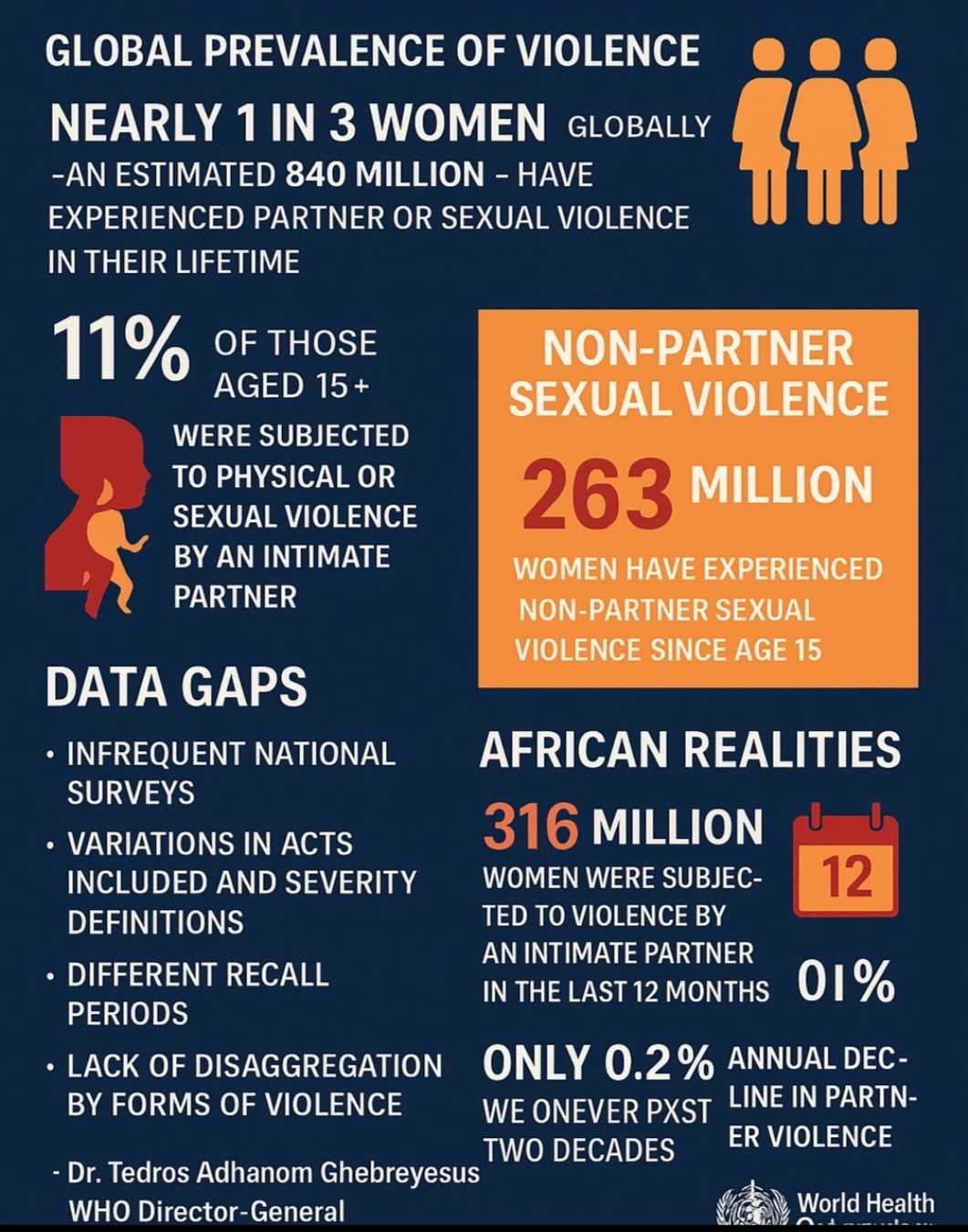
Violence against women remains one of the most entrenched crises across the Global South, with Africa bearing some of the heaviest burdens.
A new World Health Organisation and UN partners report released on November 19, 2025, paints a stark picture: progress has been “painfully slow” for nearly two decades, with the scale of abuse showing “very little change since 2000.”
According to the report, nearly 1 in 3 women globally—an estimated 840 million—have experienced partner or sexual violence in their lifetime. This figure has barely shifted in more than 20 years, underscoring deep structural and social blockages that continue to expose women to harm. In the last 12 months alone, 316 million women, or 11% of those aged 15 and above, were subjected to physical or sexual violence by an intimate partner.
For Africa and other regions of the Global South, the numbers are even more sobering. High levels of intimate partner violence intersect with conflict, humanitarian crises, migration pressures, and economic instability—conditions that widen vulnerability while weakening state protection systems.
Yet, despite these realities, the report notes that progress is moving at an almost nonexistent pace, with “only 0.2% annual decline over the past two decades.”
The WHO Director-General, Dr Tedros Adhanom Ghebreyesus, described the situation as a global failure to protect women and girls, saying:
“Violence against women is one of humanity’s oldest and most pervasive injustices, yet still one of the least acted upon. No society can call itself fair, safe or healthy while half its population lives in fear.”
He added that behind the numbers are real lives altered by trauma:
“Behind every statistic is a woman or girl whose life has been forever altered. Empowering women and girls is not optional, it's a prerequisite for peace, development and health. A safer world for women is a better world for everyone.”
Data Gaps Undermine Response Efforts
Although the new WHO report is hailed as the most comprehensive to date—analysing data from 168 countries between 2000 and 2023—it highlights serious data limitations, particularly from low- and middle-income regions.
Related Stories
The report warns that many countries still have no prevalence data on intimate partner violence, and some have not conducted a survey in over a decade. Even where surveys exist, inconsistencies in methodology hinder comparability.
As the report notes, gaps arise from “infrequent national surveys; variations in acts included and levels of severity assigned; variations in recall periods; lack of disaggregation by different forms of intimate partner violence and non-partner sexual violence; [and] poorly implemented surveys (which affects disclosure).”
A major blind spot exists for women facing intersecting vulnerabilities. The report emphasises a lack of data on “women with disabilities; migrant, Indigenous and transgender women; and those living in fragile humanitarian settings, including those related to conflict and/or climate change.” These omissions leave millions of women in the Global South invisible in policymaking and under-served by support systems.
Non-Partner Sexual Violence Still Underreported
For the first time, the report includes regional and national estimates of sexual violence committed by individuals other than intimate partners. It reveals that 263 million women have experienced non-partner sexual violence since age 15, a number the WHO cautions is likely far higher due to stigma and delayed reporting.
However, the organisation acknowledges the limitations of monitoring systems that rely on narrow definitions and short time frames, stating that 12-month reporting periods often produce “very low” prevalence numbers derived from small sample sizes. Many surveys only measure rape and attempted rape, excluding other forms of sexual coercion.
African Realities: The Burden Continues
In African contexts, GBV is shaped by unique socio-economic pressures. Financial dependency, cultural expectations, underfunded justice systems, and conflict dynamics all combine to keep women vulnerable. Rural women face even greater risks due to limited services, long distances to reporting centres, and community pressures to maintain silence.
The report further notes that most national-level data on violence in Africa comes from DHS surveys that only cover women aged 15–49, leaving older women largely absent from official statistics. WHO acknowledges this gap and has begun developing new tools to measure abuse against older women, including economic exploitation and caregiver violence.
With findings showing no meaningful shifts in global prevalence for two decades, the report signals the need for a fundamental change in how states and institutions address GBV—particularly in the Global South.
The WHO stresses that the crisis cannot be treated as peripheral; it requires sustained funding, standardised data systems, stronger legal protection, and survivor-centred services.


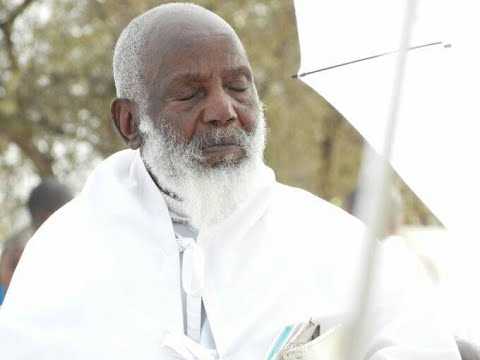

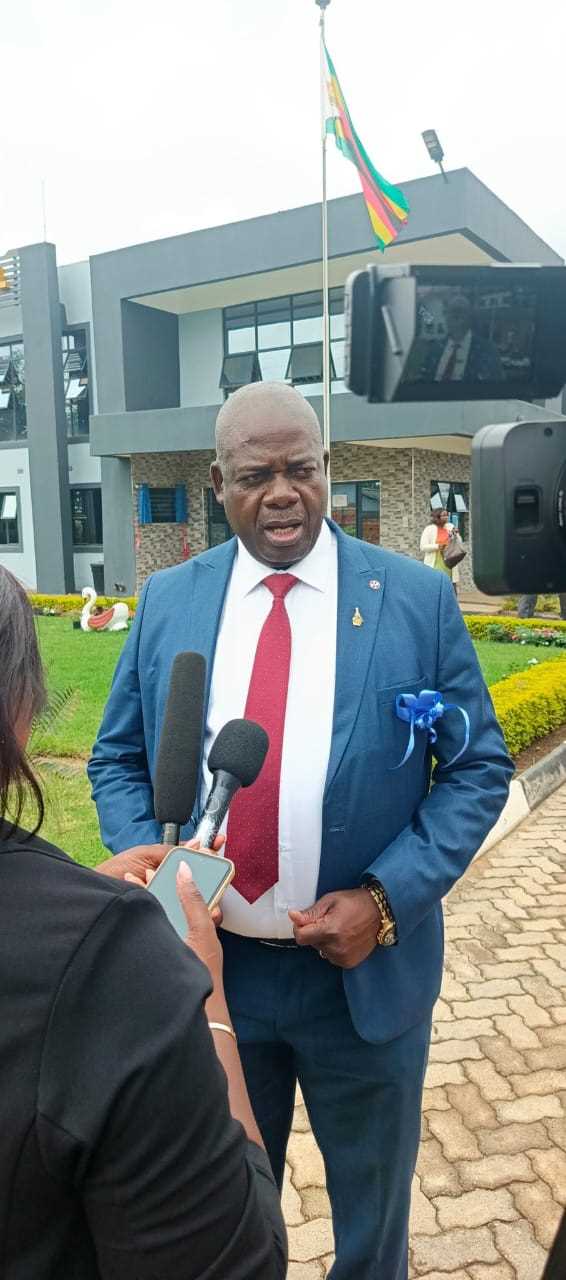
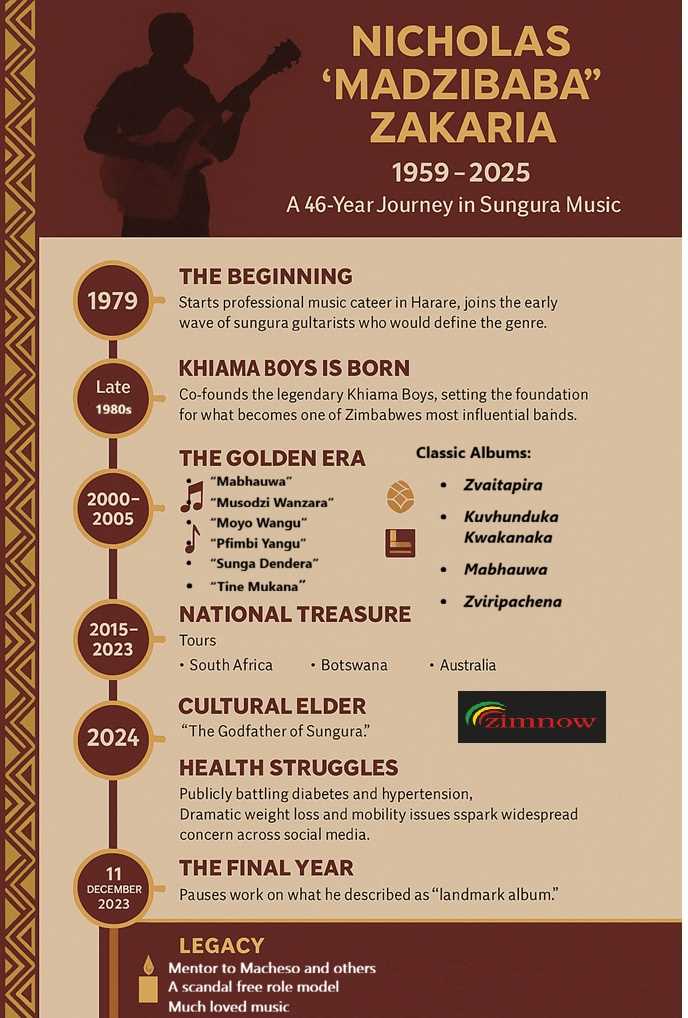






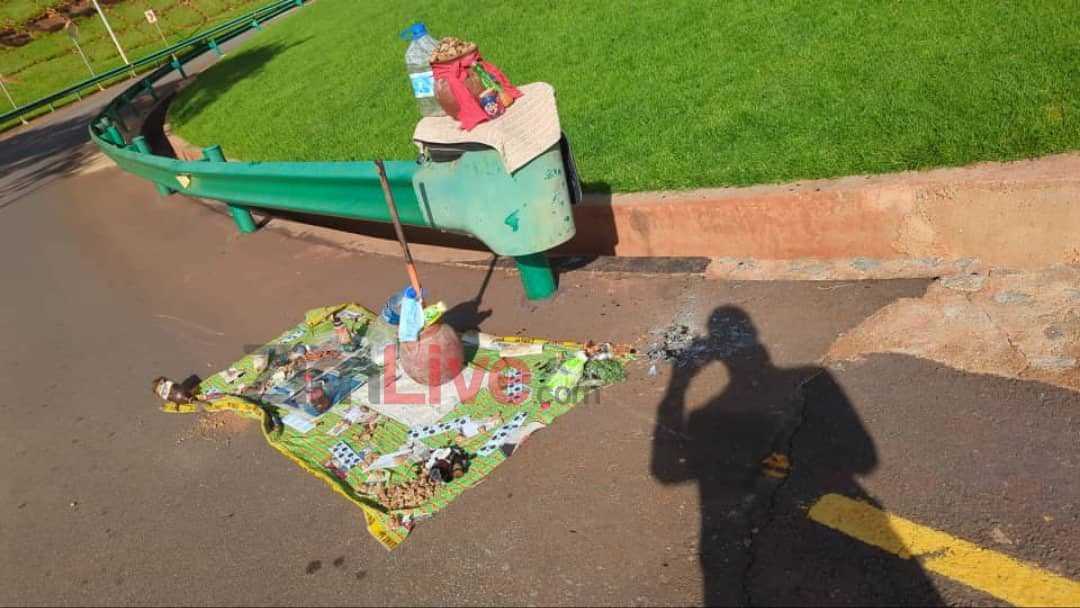


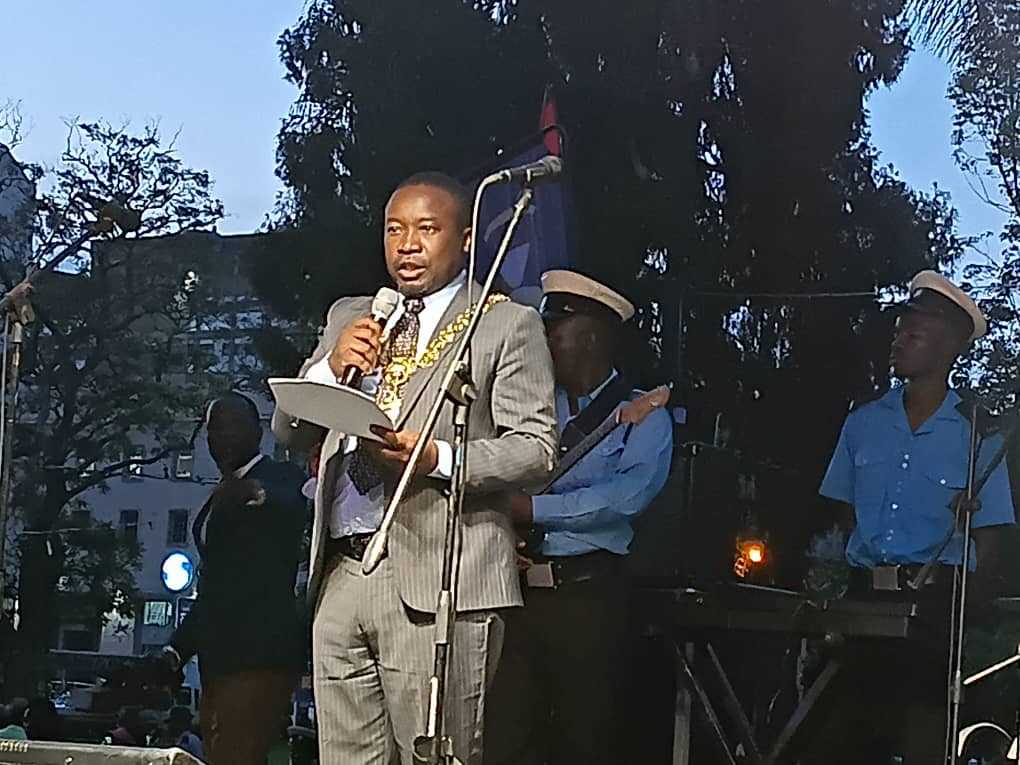
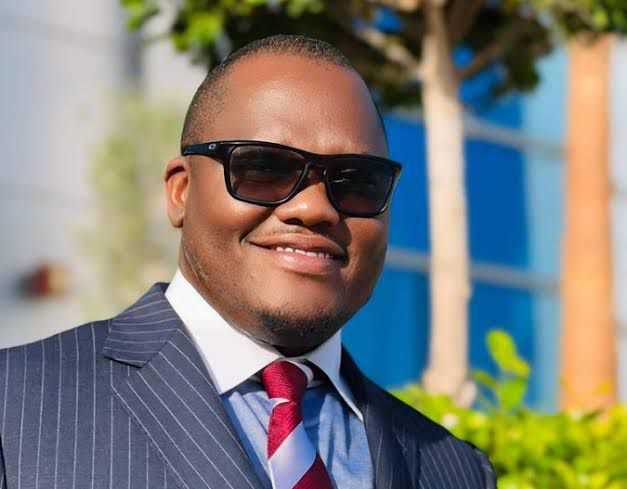


Leave Comments